The Teapot - the Heart of the Galaxy
The heart of the Summer Milky Way lies near Sagittarius, the Archer. It is well positioned for early evening observation in late Summer and early Autumn.
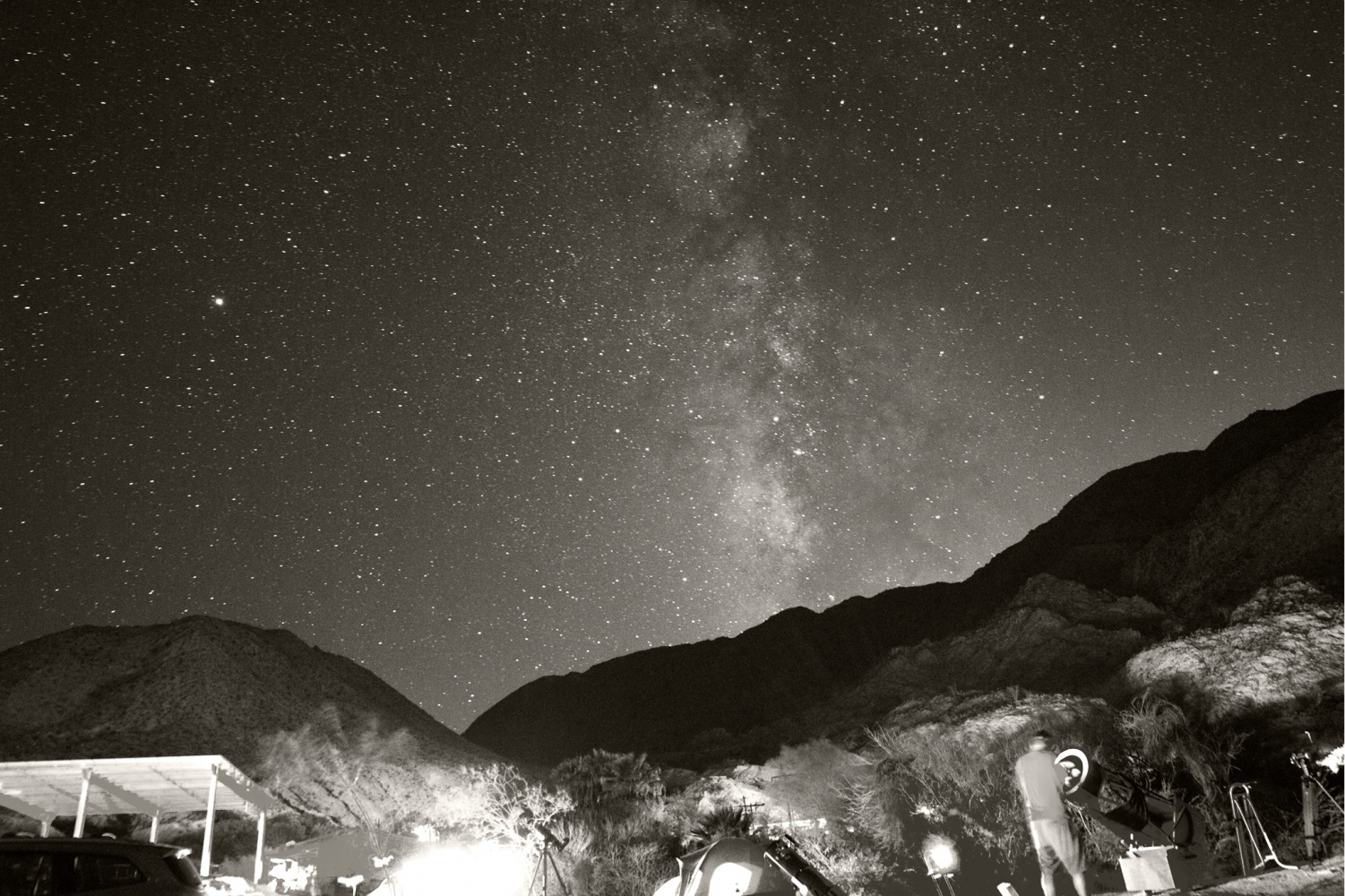
If you have trouble visualizing an Archer, the asterism The Teapot is an easy find. The Milky Way looks like steam erupting from it. Being in the direction of the galactic center, it is dazzingly dense with excellent targets. From a dark sky simply pushing a scope of any size will reveal clusters and nebula one after another.
This screen shot below is taken from Livesky.com, SkySafari's only sky map. It maps out the photo above.
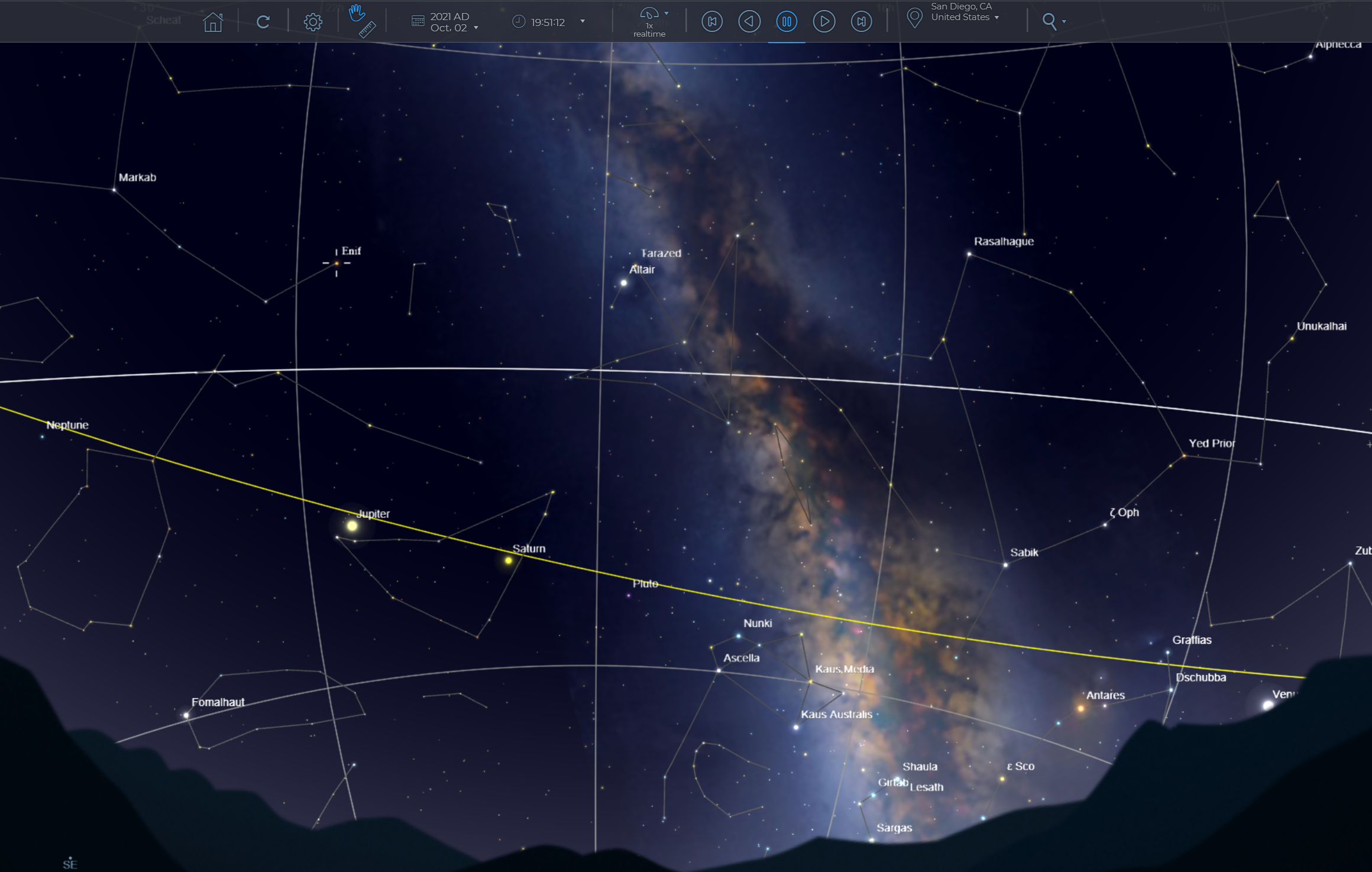
Here's a closeup of the Sagittarius region:
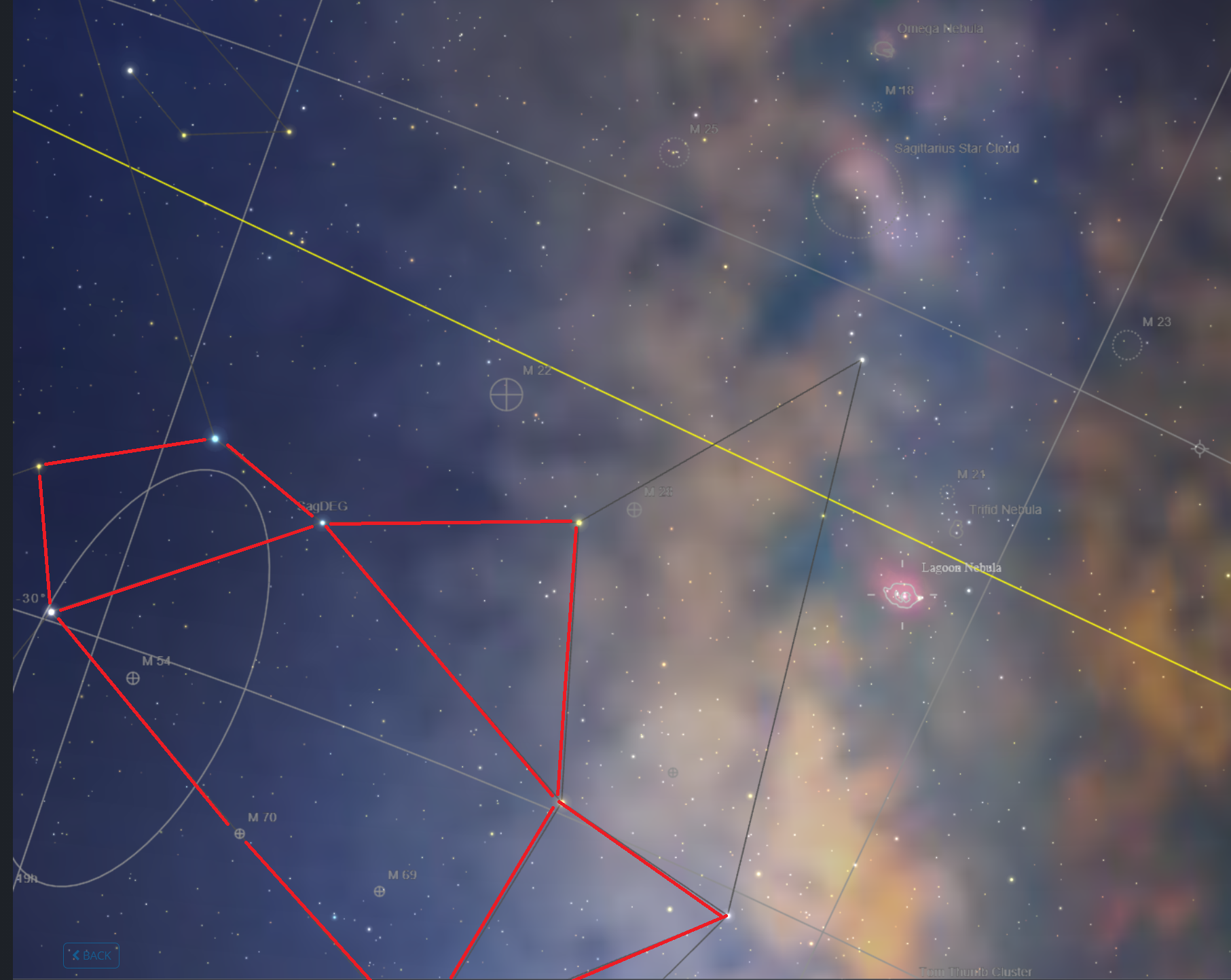
Note the (hard to see) labeled bright Targets. Nebulas are outlined by along their shape. Other symbols include:
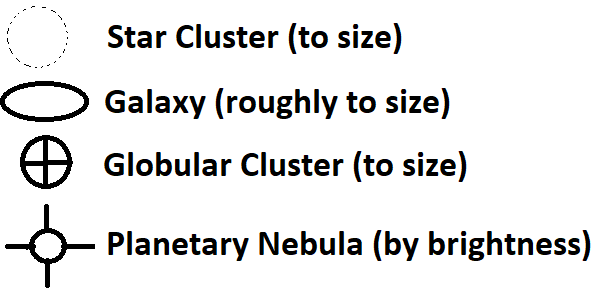
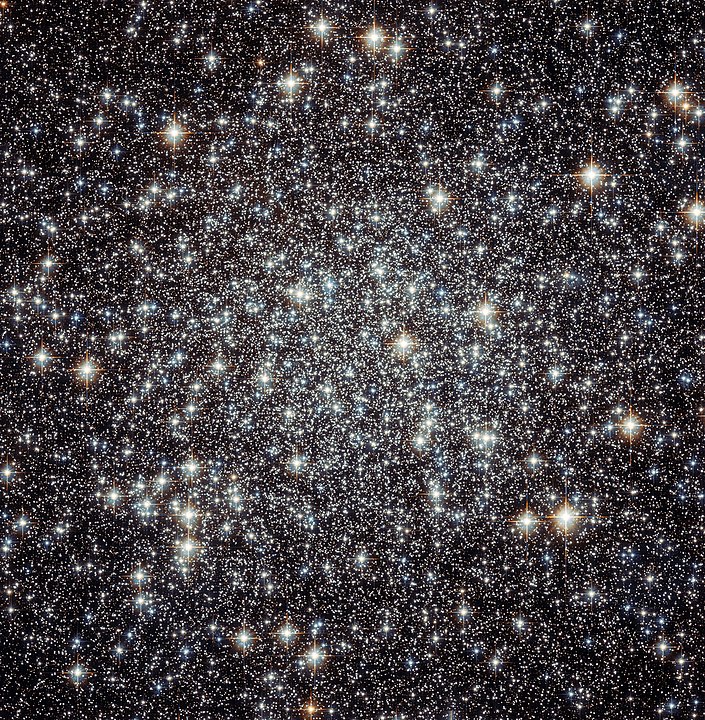 |
There are a lot of star clusters in this area as well as Globular Clusters, which are massive (100,000 stars +/-) gravitationally bound balls of stars orbiting in our galactic "halo". M22 is a great one in this direction. Here's how to "starhop" to M22: Free Star Charts - M22 |
Here's a "deeper" look at the littering of jewels in the region:
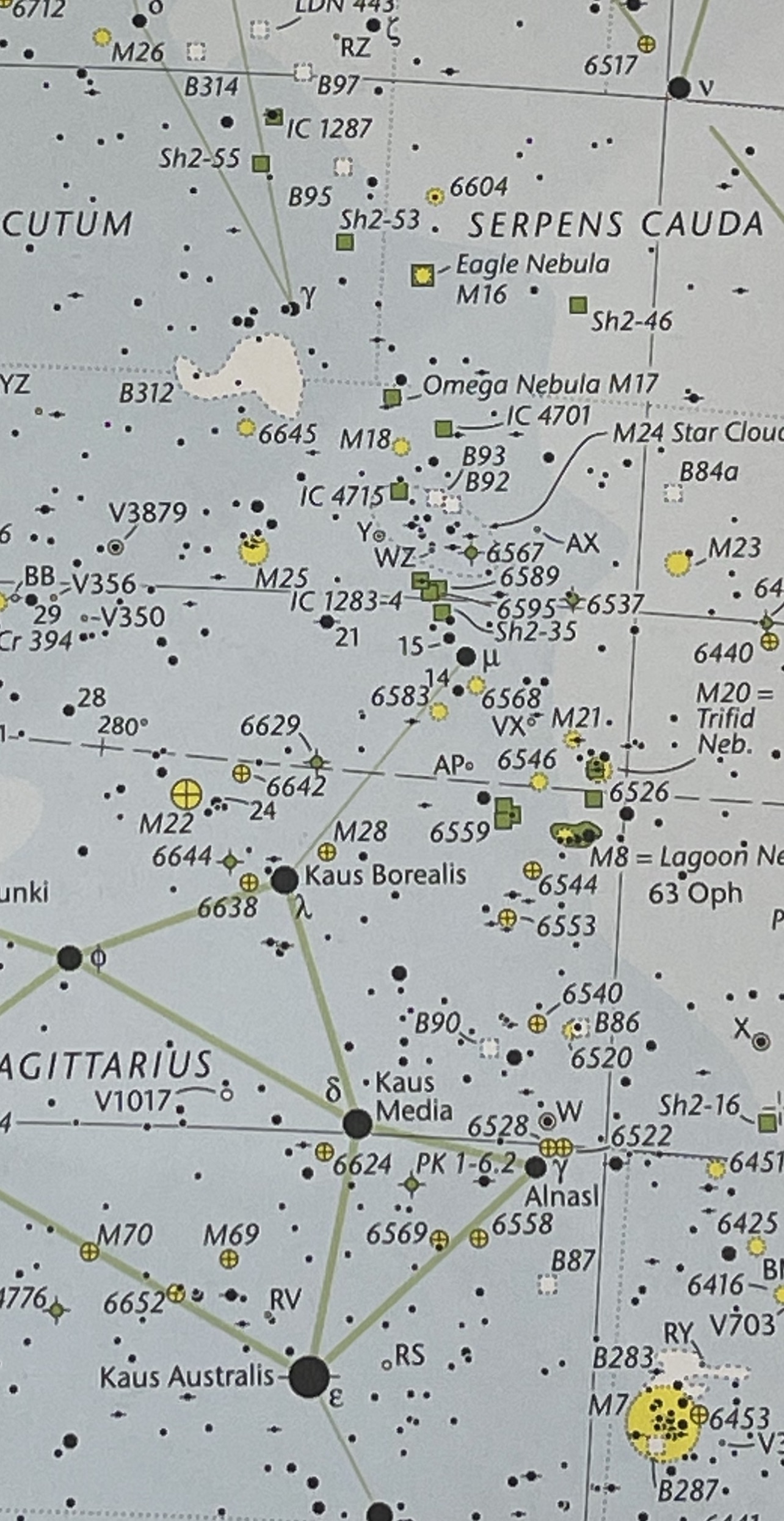
Most of them are visible with an 8" scope from a dark sky. It's a sky region that can keep observers discovering treasures for years!